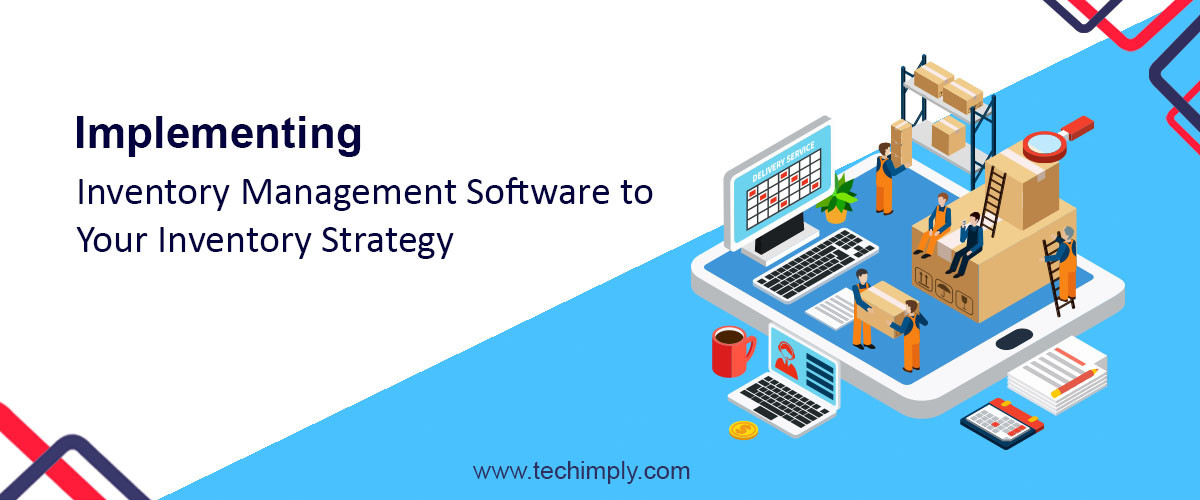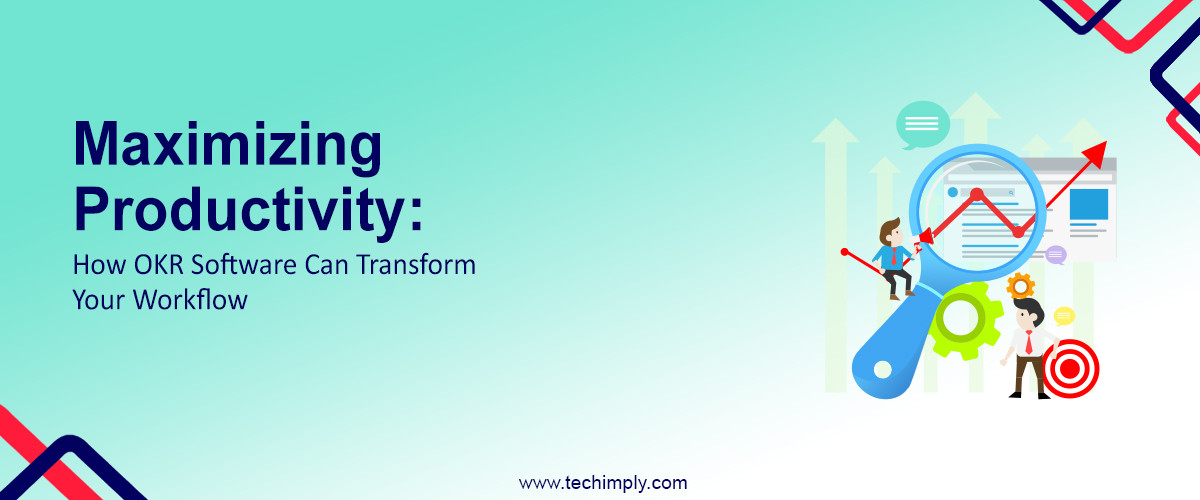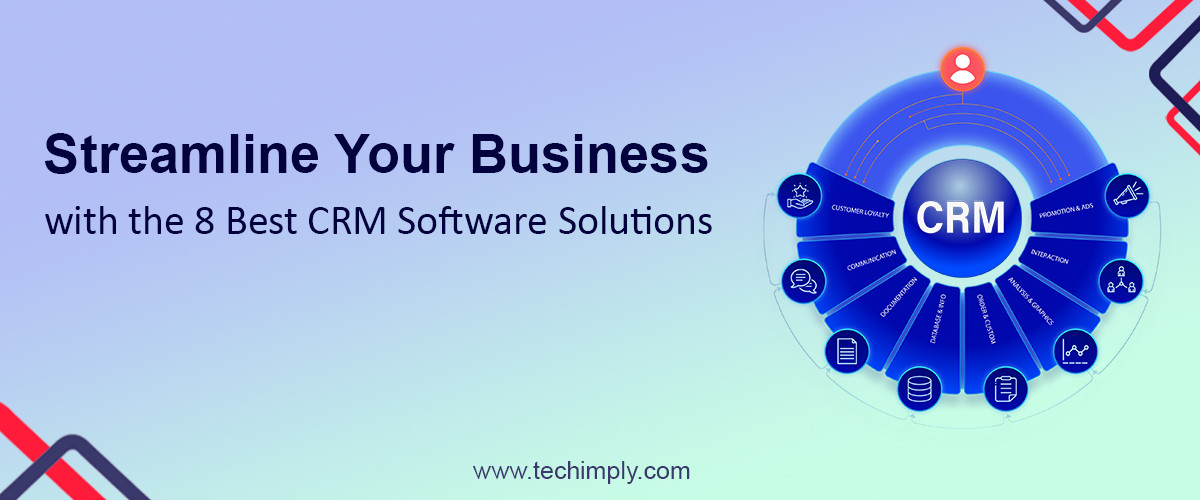Most online purchasing company must manage its inventory effectively. You run the risk of upsetting consumers, losing important sales, or investing in goods that doesn't sell if you don't build an efficient inventory management strategy.
The essay that follows is a part of our inventory management series, which discusses all facets of creating a successful inventory management plan so you can maximise your sales and profit.
Spreadsheets are a common and efficient inventory management tool for small enterprises. Although it is an outdated technique for managing inventory, it offers use for companies without a major warehouse structure where goods may be spread out over several sites.
Without the necessary e-commerce inventory management solutions to assist you in effectively managing your time and resources, you can find yourself overextended and unable to concentrate on what truly matters—nurturing and expanding your company.
If your present scenario fits this description, it may be time to advance both your business' inventory management plan and operations.Your plan can benefit from a boost if you use specialised inventory management software. Spreadsheets, however
The technology is designed to handle the particular difficulties of managing your inventory, and this includes keeping track of inventory, storing data, automating specific tasks, and doing forecasting calculations.
With the use of these elements, inventory demand planning, also known as inventory forecasting, may be improved. You can enhance your relationship and get a better grasp on your inventory.
What Is The Goal Of Inventory Management?
Any successful inventory management system aims to make it easier for warehouse managers to monitor their product's stock levels.
This entails giving them complete access to their supply chain so they can keep an eye on the movement of items coming from their source.
Both operational and financial advantages result from this. With the aid of product tracking and security, it's helpful for not only enhancing performance but also for avoiding theft.
The goal of managers should be to monitor sales processes in order to provide better service.
Businesses who wish to successfully manage seasonal goods or new bestsellers throughout the year without affecting the rest of their chain will find inventory management to be extremely helpful.
Inventory Strategy: Key Principles for Business Success
- Check at the performance of your inventory at the time.
Take a hard look at your present inventory management procedures, including manual processes and in-house tools, before introducing any software.It is necessary to identify the regions that need automation and their problems.
- Set objectives for your inventory.
Establish a clear definition of your inventory's objectives, such as lowering carrying costs, lowering stockouts, or improving order accuracy.To gauge the success of your usage of inventory management software, establish KPIs.
- Select the Ideal Inventory Management Method
Choose inventory management software that will satisfy your unique requirements and financial constraints.Take into account additional features like system integration options, real-time tracking, demand forecasting, and barcode scanning.
- Manage and analyse your inventory data.
Obtain all relevant force data, such as SKUs, supplier information, price, and actual transaction numbers.Assuring correct and consistent data can assist prevent crimes during software installation.
- Setting up a Programme
In close discussion with your software provider or IT platoon, set up theprogramme.Configure the software to meet your demands and businessprocedures.Your workers should be duly trained on how to use the programme.
- Integration of Inventory Data
Still, integrate your force operation software with other business systems, similar as account or ecommerce platforms, If at all possible.
- Present-day monitoring and visibility
Utilise the programme to see the number, location, and movement of your goods in real time.For precise shadowing, use RFID or barcode scanning technology.
- demand planning and rescheduling
Utilise the software's demand forecasting skills to determine how crucial inventory will be in the future.Stockouts and overstock problems can be avoided with the use of reorder points and automated reorganise events.
- Management of Distributors and Manufacturers
Utilise the programme to manage your interactions with suppliers, as well as to monitor production and lead times.In order to negotiate better terms and pricing, use data perception.
- transformations and continuing assessment
Monitoring your KPIs and inventory data on a regular basis will help you identify trends and issues. Make informed decisions to modify your force plan as necessary.
- Protection of privacy and freedom
Verify the security and dependability of your inventory management software's data backup system to avoid data loss.
- Security for liberty and privacy
Verify the security and dependability of your inventory management software's data backup system to avoid data loss.
- Training and Assistance
To ensure that your workforce gets the most out of the project, provide them with regular training and assistance.To benefit from new features, continually update your programme.
Constantly assess the software's performance in relation to your specified KPIs and goals.To maintain the effectiveness of your inventory management procedures, modifications and enhancements should be carried out as required.
How Do You Know If You’ve Chosen The Right Inventory Management System?
The global market for Internet of Things (IoT) devices in the supply chain and logistics sector is expected to reach $2.4 billion by 2023. To remain operational, your inventory management system must change.The ideal match depends on a lot of variables; nevertheless, starting with your budget might help you narrow down your options and conserve time and effort.
Here are four more questions to think about while choosing an inventory management programme:
1. What Are The Primary Problems Facing Your Business?
Consider the needs and challenges your firm is now facing. Are you a small business that is growing more slowly than you anticipated, or have you outgrown a dated inventory control system? Are your inventory levels inconsistent amongst your various sales channels? Is your inventory being used up more fast than you anticipated? Can you track your inventory KPIs and achieve your goals? Do you need to alter your inventory monitoring system so you can constantly be aware of the whereabouts of your items? Do you often export spreadsheets from a variety of sources in an effort to evaluate data and produce purchase orders? Despite your predictions and statistical analysis, do you frequently run into dead or slowly moving stock?
2. Do You Require Server-Based Or Cloud-Based Inventory Management?
Over the last ten years, cloud deployment has been firmly entrenched. Nevertheless, a lot of companies continue to buy server-based management solutions. Would you rather forgo significant capital outlays and go for cloud-based inventory management software instead of owning your software and server locally?
3. What Rules Do You Follow For Managing Your Inventory?
Your policy for inventory control will be impacted by a number of things. This policy establishes how to manage expenses, transfer the inventory, and avoid shortages and losses. Which inventory management software is appropriate for your company will depend on the product cost, lead time, handling demands, and other policy requirements.
4. What Other Qualities Are Necessary For Your Business To Function?
Do you need to track goods using lot control, bar codes, serialisation, RFID tags, or any other method? Or do you need to adhere to certain standards in your industry?
Before investing in an inventory management system, you should evaluate the types of tracking that can be done with it and the amount of data that can be stored.
Inventory Management Techniques
Making business-affecting choices can be exceedingly challenging without reliable inventory data. Periodic and perpetual inventory tracking are the two basic approaches. The frequency of data updates is the key distinction between these. No matter how frequently you monitor your inventory, you might choose to employ one of the following inventory management strategies:
-
Exceptional Orders
Planning and placing an order using the economic order quantity approach. Making a choice on how much inventory should be kept on hand at any particular moment is a part of it. When the minimum order amount is attained, the order will be placed again.
-
Method FSN
This approach of inventory control refers to the procedure of keeping track of all the inventory goods that are not regularly utilised or always necessary. Then, they are divided into three groups: quickly moving inventory, slowly moving inventory, and non-moving inventory.
-
JIT Process
Manufacturers use the Just In Time inventory control procedure to manage their stock levels. By not keeping and insuring their extra merchandise, they may save money with this strategy. It has a high risk of stock outs and expense increases, though.
-
Lowest Safety Stocks
The amount of inventory that a company keeps on hand to prevent a potential stock-out is known as the minimum safety stock.
-
MRP Approach
Component Requirements Manufacturers use planning as a procedure to manage inventory by organising the order of the items in accordance with the sales estimate. Usually, the system's data collection process determines the order.
-
VED Evaluation
VED is a method that businesses use to manage their inventories. The handling of necessary and desired spare components is mostly covered. Usually, the low inventory for certain parts is justified by the high amount of inventory needed for production.
Automated Inventory Incoming And Outgoing Tracking All Along The Supply Chain
-
The profitability, performance, and efficiency of your inventory are better managed when you automatically track your incoming and exiting inventory across the supply chain.
-
Improvements are made across the whole process, from the initial stock acquisition through its storage and finally to the order fulfilment.
-
The goal is to shorten the wait times between entering and exiting product in the supply chain, which is often a pretty quick procedure.
-
Your costs will decrease the more effectively your activities are run.
-
Complicated procedures might lead to supply chain issues, especially if you offer a large number of distinctive goods through several sales channels
How Techimply Can Help You Manage Your Inventory Better
- The accuracy of the data given in a company's inventory databases is one of the most important variables to take into account. Regular updates are necessary to keep the data from being skewed. A software management solution like Techimply can assist you in carrying out that task.
- Get the most out of each project by managing all of your product team's operations in one location with Techimply service management. By organising their schedules and assigning tasks to the appropriate individuals from a single dashboard, managers can simply keep inventory and shipping procedures under control.
- Workflows may be created using Techimply service to keep everyone informed of the most recent inventory development. Team members at all levels may discover and avoid delays with the use of tools like interactive charts and task dependencies.
- Through the sophisticated CRM that is integrated into the platform, you may connect with both clients and providers. Additionally, the comprehensive insights software solution from Techimply lets you monitor developments in real time, which is crucial for any successful project.






